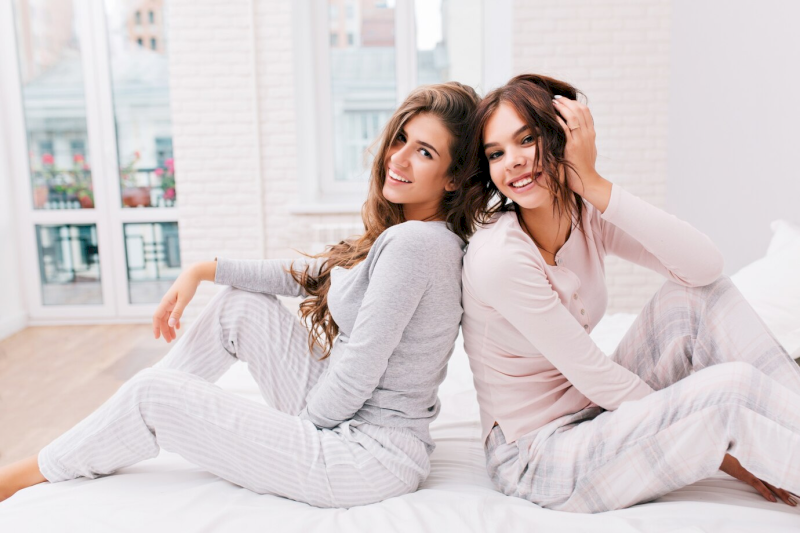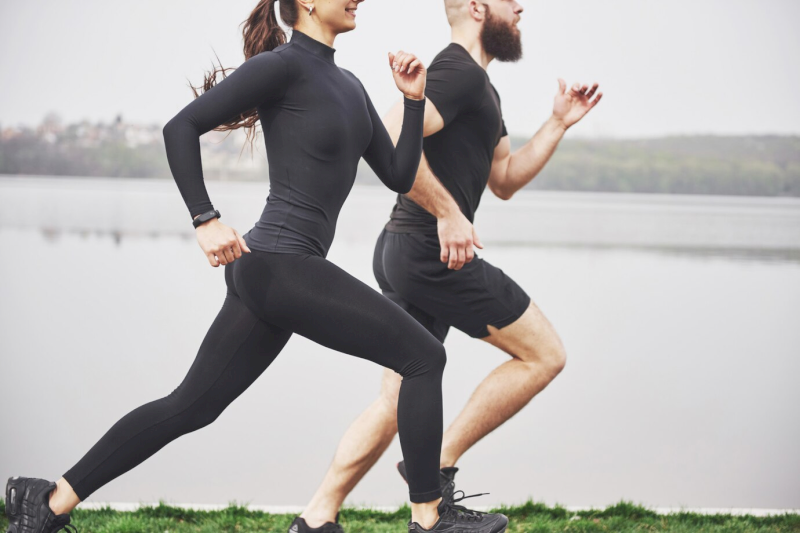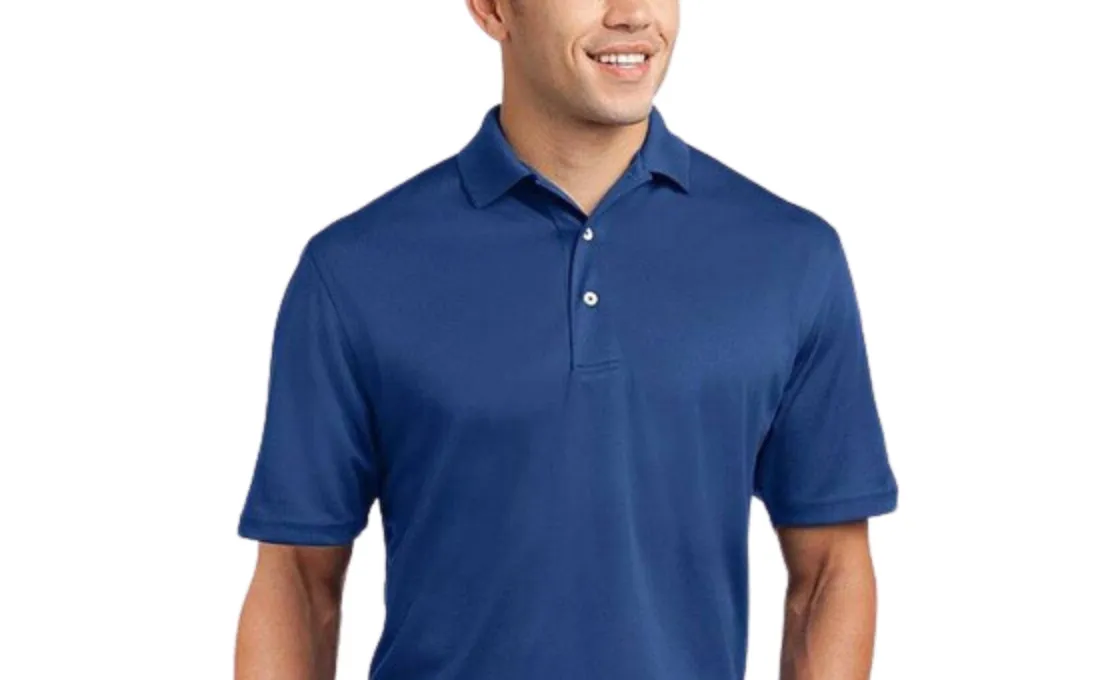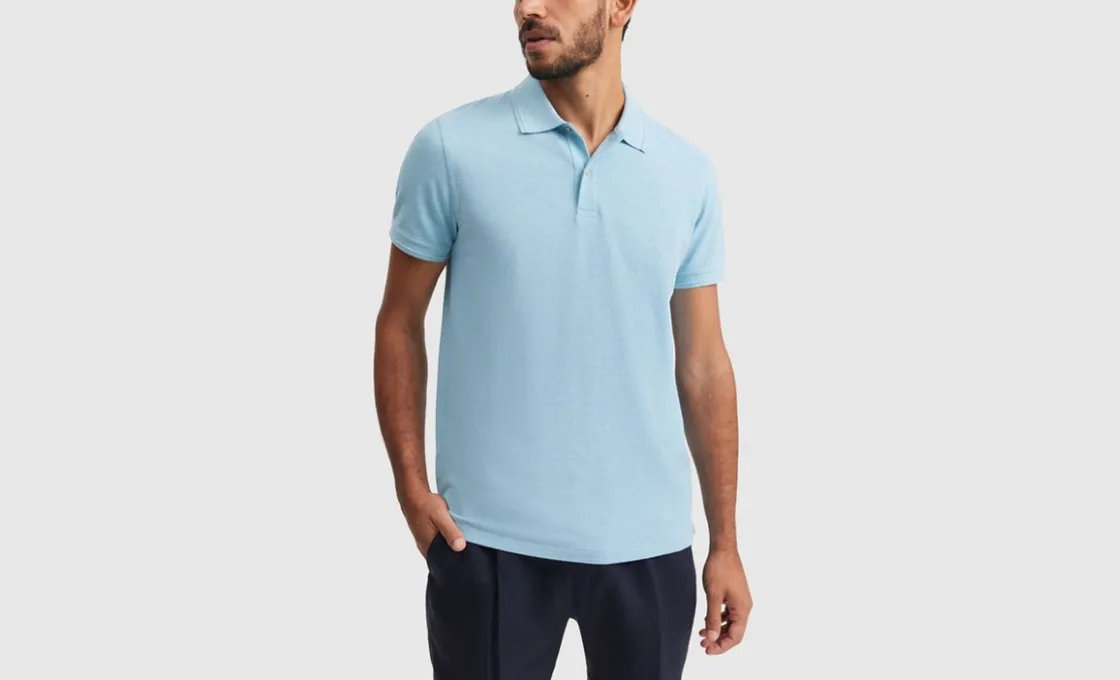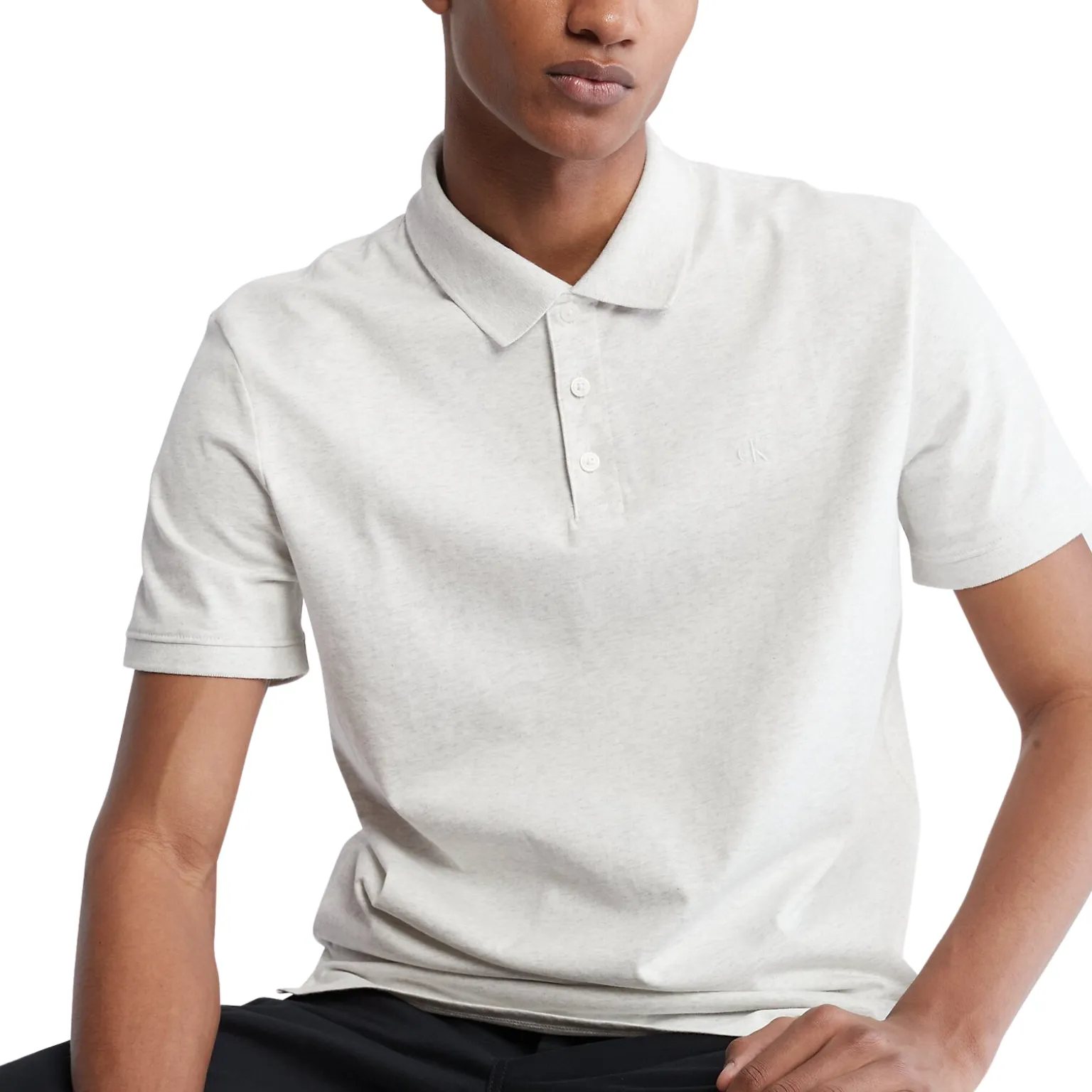Partnering with Asia clothing manufacturers offers numerous benefits, including cost-effectiveness, skilled labor, and efficient production processes. This list will highlight the top 8 garment manufacturers in Asia that are recognized for their expertise and capacity in apparel manufacturing.
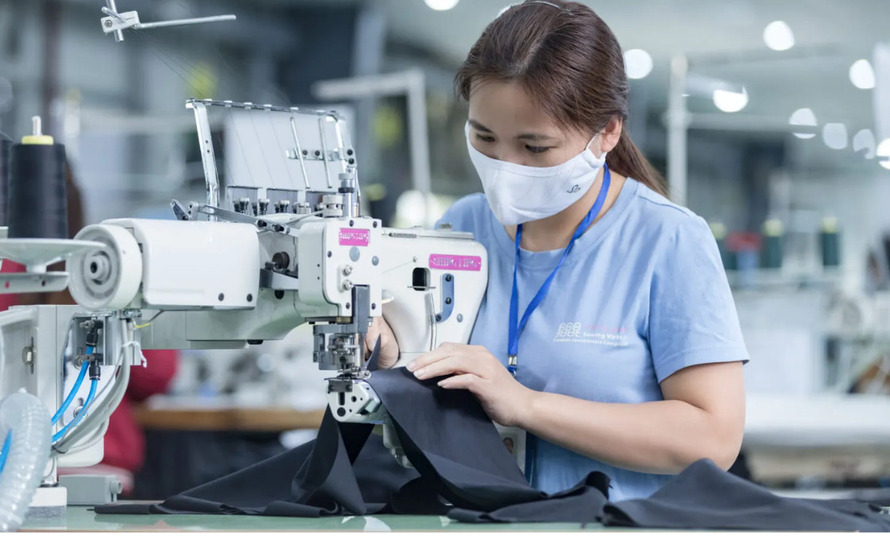
1. Thygesen Textile Vietnam
Thygesen Textile Vietnam is a trusted clothing manufacturer in Asian that specializes in active and casual wear such as: leggings, sports bras, joggers, T-shirts, polo shirts, dress, etc. in both knit and woven fabrics. As an experienced Activewear Manufacturer, Thygesen offers full-package services, overseeing every step from technical design and fabric development to bulk production and shipping, while providing customization options such as fabric composition, printing, embroidery, labels, hang tags, and packaging.
|
Notably committed to ethical practices, Thygesen ensures the protection of workers’ rights and upholds fair labor standards throughout its operations. Additionally, Thygesen prioritizes sustainability by using eco-friendly materials such as organic cotton, bamboo and efficient production processes. Our focus on quality, customization, and responsible manufacturing makes us a trusted partner in the apparel industry.

2. Maxport Limited Vietnam
Maxport Limited Vietnam specializes in producing activewear for many famous global brands such as: Nike, On, Asics, Gymshark, etc.
|
Focused on delivering functional garments, Maxport uses advanced fabrics such as moisture-wicking materials like polyester and nylon, as well as stretch fabrics like elastane and spandex, to meet the performance requirements of active apparel.

3. Alok Industries Ltd
Alok Industries manufactures a diverse range of products, including yarn, fabric, garments, and home textiles.
|
The company produces a variety of clothing items, such as womenswear including T-shirts, blouses, loungewear, and nightwear; menswear, including polos, and boxers; and kidswear, including shirts, dresses, and pajamas.
Serving both local and international markets, Alok Industries has built a strong reputation for delivering reliable, eco-friendly products to a wide range of customers.
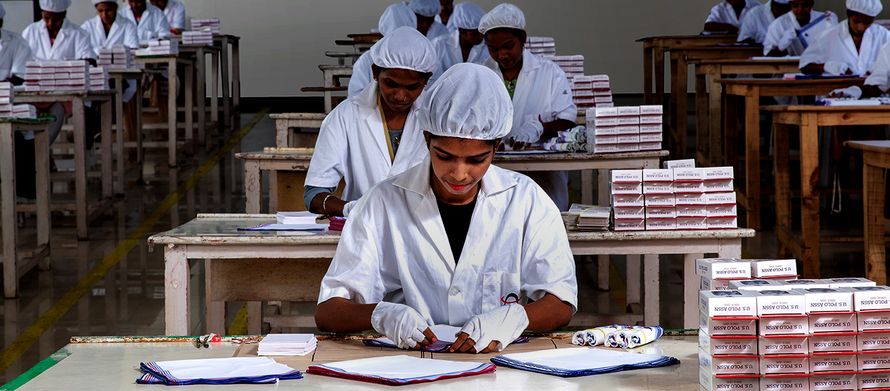
4. Vardhman Textile Ltd
Vardhman is the largest vertically integrated textile manufacturer in India, known for its extensive production capabilities.
|
For garment manufacturing, Vardhman specializes in producing formal and casual shirts using a variety of fabrics, including 100% cotton, poly cotton, cotton stretch or cotton lycra, linen, cotton modal, cotton tencel, and cotton viscose melange. All products focus on delivering high-quality, functional, and comfortable, with a strong emphasis on buyer satisfaction.

5. Esquel Group
Esquel Group is a global textile manufacturing company that specializes in producing high-quality cotton shirts and other items of activewear and casualwear.
|
Known for their premium shirts, Esquel offers a range of features including distinctive hand-feel, stretchability, stain resistance, non-iron properties, and UV protection. With a strong focus on vertical integration, Esquel manages every stage of production, from cotton farming to garment manufacturing, ensuring full control over quality and sustainability.

6. Crystal Group
Crystal Group is a global manufacturer of garments and textiles, recognized for producing high-quality apparel for top international brands. The company offers a wide range of products, including lifestyle wear, denim, intimate apparel, sweaters, sportswear, and outdoor clothing, all crafted with responsible and efficient manufacturing practices.
|
Crystal Group has in-house R&D and production capabilities, offering sustainable value-added services such as printing, washing, and embroidery, creating a comprehensive platform for its customers.
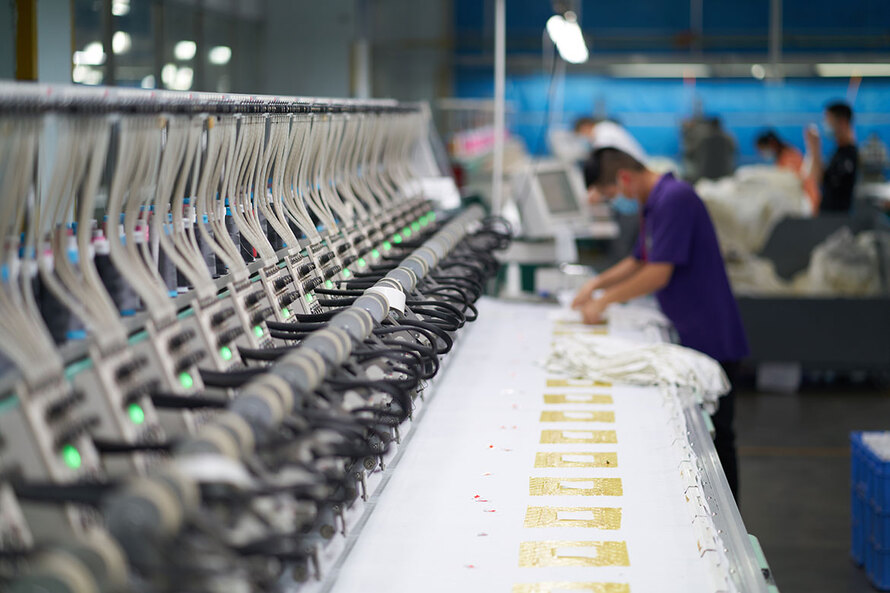
7. Ananta Companies
Ananta is a group of companies established in Bangladesh in 1992, specializing in manufacturing and exporting garments and leather products to Western markets.
|
With extensive experience in both leather products and apparel manufacturing, Ananta has grown into a network of 8 companies employing 12,000 workers and producing 1.4 million garments per month.

8. Ha-Meem Group
Ha-Meem Group is a prominent global leader in the textile industry, known for its expertise in producing high-quality ready-made garments and denim fabrics.
|
With a production capacity of approximately 400,000 pieces per month, the company manufactures high-quality sweaters for renowned international brands like GAP, Aeon, Mango, New Yorker, and H&M.

Top Factors to Consider When Choosing an Asian Clothing Manufacturer
When selecting an Asian clothing manufacturer, it’s essential to consider several key factors that can significantly impact the success of your production process such as: production capabilities MOQ, cost and pricing, ethical and sustainable practices, as well as effective communication. Understanding these aspects will help ensure that your manufacturing partner aligns with your business goals and values, while delivering high-quality products efficiently.
Production Capabilities & MOQ
- Minimum Order Quantity (MOQ): This affects your business scale, whether you’re just starting out or expanding, so it’s important to consider the manufacturer’s MOQ to match your production needs and budget. The right MOQ helps avoid overordering and keeps costs under control.
- Production Capacity: Check the manufacturer’s production capacity to make sure they can meet your expected lead times and handle large orders efficiently while maintaining high-quality standards.
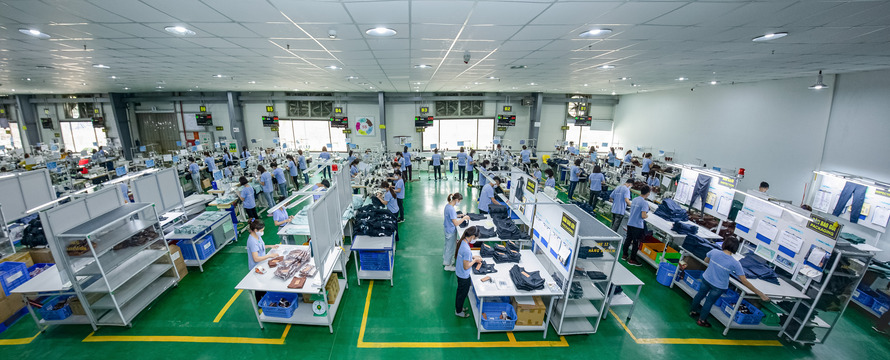
Cost and Pricing
- Sample fees: It’s important to assess the sampling costs to avoid unnecessary spending. These fees can vary depending on the design, fabric, construction, and graphics, typically ranging from 50-150 USD. Ideally, work with manufacturers who offer free samples or charge in advance and refund the cost once bulk orders are confirmed.
- Manufacturing Costs: Choose clothing manufacturers that are transparent about their fees. Evaluate costs related to materials, labor, and overhead to ensure they fit within your budget. Don’t forget to account for additional expenses such as sourcing materials, patterns, packaging, and labeling.
- Shipping Costs: Shipping costs depend on the mode of transport (sea or air) and the terms of shipment (FOB, DDP, etc.). For large orders, shipping by sea is typically more cost-effective than air freight, especially for volumes over 500 kilograms. The choice between FOB (Free on Board) or DDP (Delivered Duty Paid) also impacts costs. With FOB, the buyer covers costs after the goods are loaded, while DDP includes all shipping, customs, and delivery fees up to the destination.
- Tax Regulations and Benefits: Understanding tax rules and incentives helps avoid unexpected costs. Agreements like the EVFTA and UKVFTA offer tariff reductions for fashion brands working with Vietnamese clothing manufacturers. Under the UKVFTA/EVFTA, by importing from Vietnam, you can benefit from lower tariffs, with rates for textile products using Vietnamese fabrics ranging from 0-2% in 2024, dropping to 0% by 2025. This is significantly more favorable than China’s which are typically around 12%.
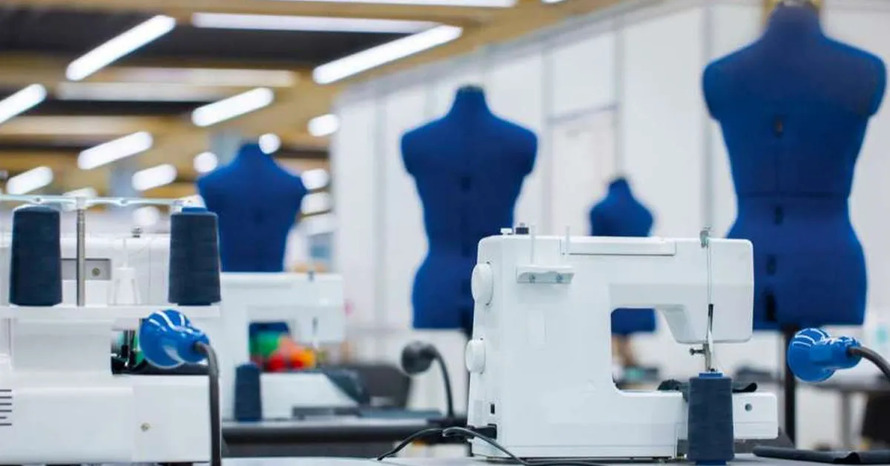
Ethical and Sustainable Practices
- Fair Labor Practices: Make sure the manufacturer follows ethical labor practices, offering fair wages, paying workers fully for overtime, providing insurance, and maintaining safe working conditions. Look for internationally recognized certifications like Better Work, SA8000, or WRAP, which reflect the clothing manufacturer’s commitment to worker welfare. Working with ethical garments manufacturers in Asia not only supports human rights but also enhances your brand’s reputation.
- Environmental Impact: Consider the manufacturer’s commitment to sustainability and eco-friendly practices, such as reducing waste and using sustainable materials. Many clothing manufacturers in Asia are adopting energy-efficient technologies and optimizing water usage to minimize waste. They focus on recycling, using eco-friendly fabrics like organic cotton and bamboo, and reducing packaging waste by switching from plastic to recycled paper bags.
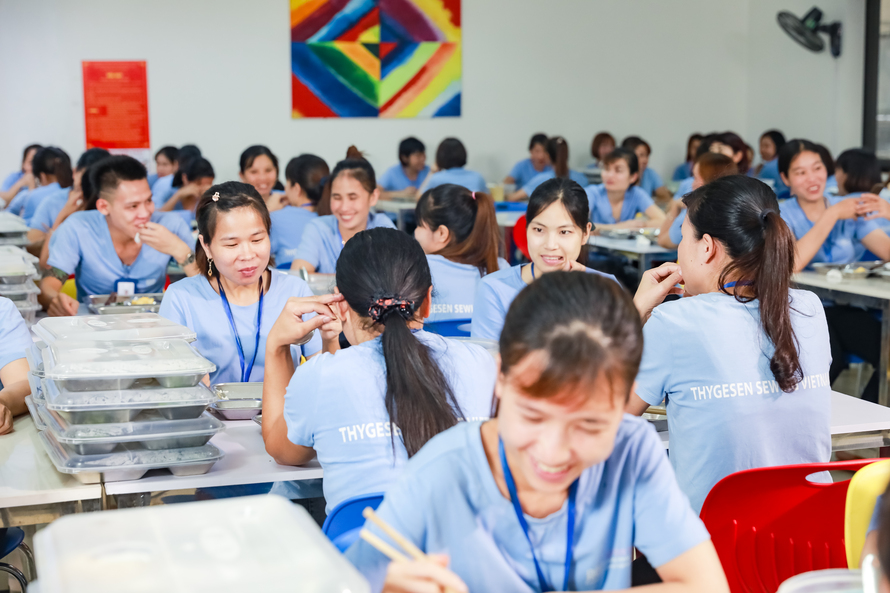
Communication and Collaboration
- Language and Cultural Barriers: Language differences can create communication challenges when working with clothing manufacturers in Asia. To bridge this gap, consider hiring a translator or collaborating with a sourcing agent who can facilitate smoother communication. Alternatively, working directly with clothing manufacturers Asia who are fluent in English can reduce misunderstandings and lead to more effective collaboration, ultimately saving time and costs.
- Time Zone Differences: Brands from Europe, the US, or Australia often have significant time zone differences with Asian clothing manufacturers. It’s important to find a convenient time for both sides to hold weekly or monthly meetings and discuss urgent issues. Respecting each other’s working hours helps keep things running smoothly and shows consideration for each other’s time, which strengthens the partnership.
- Regular Updates: Regular updates are essential when working with garment factories in Asia due to the distance. Use email, quick video calls, text messages or even live fitting sessions to stay informed on production progress. This helps you track quality and address any issues early, as visiting in person may not be possible.
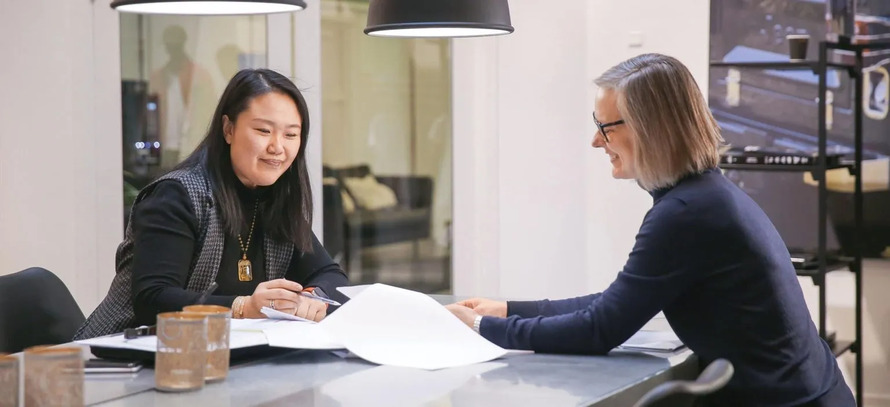
Quality Assurance
- Material quality inspection: Verify that the fabric type, texture, weight, and color are consistent with what was approved during the sample development stage. Pay attention to critical quality aspects like fiber shedding (pilling), shrinkage, and colorfastness to ensure the fabric won’t fade or lose its appearance after washing. Also, check for defects like holes, uneven weaving, or irregular dyeing.
- In-line inspections: Each factory may have its own quality control system at different stages of manufacturing. It’s important to check which methods are being used to identify early issues. Some factories rely on manual inspection, while others use automated machines for control. Therefore, it’s essential to understand the margin of error in these processes.
- Final checks: Depending on your order quantity, you can choose between random sampling or a full 100% inspection. AQL (Acceptable Quality Level) is frequently used to determine the maximum allowable defects in a batch of products. Common AQL levels include 2.5% for average quality, 1.5% for high quality, and 0.65% for premium quality. For added verification, you can hire a third party to conduct the inspection, guaranteeing the products meet the required standards before shipment.
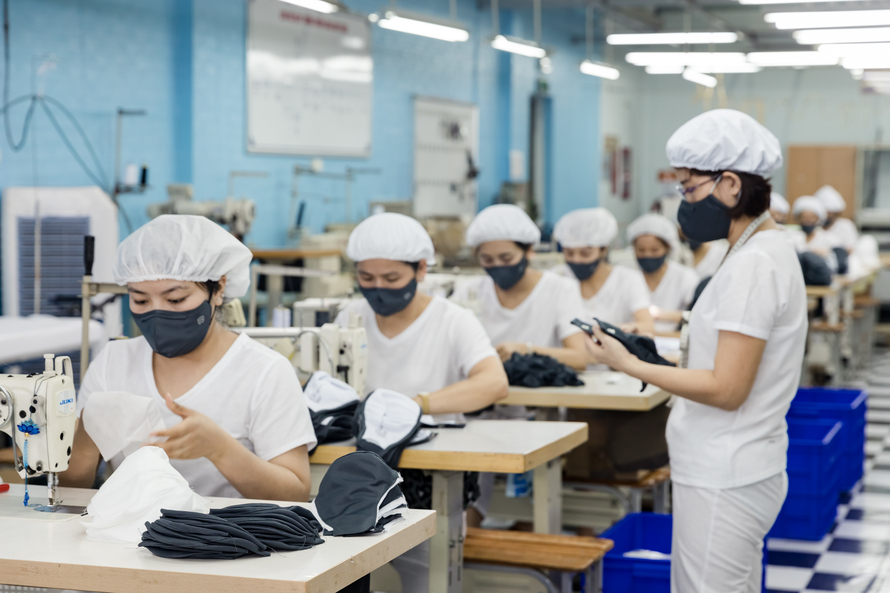
In conclusion, Asia clothing manufacturers offer numerous benefits, from cost-effectiveness to skilled labor and advanced production capabilities.
If you’re looking to learn more about clothing manufacturing in Asia, Thygesen Textile Vietnam is a trusted partner that combines international quality standards with a commitment to fair labor practices and sustainability. Reach out today to bring your apparel vision to life.



